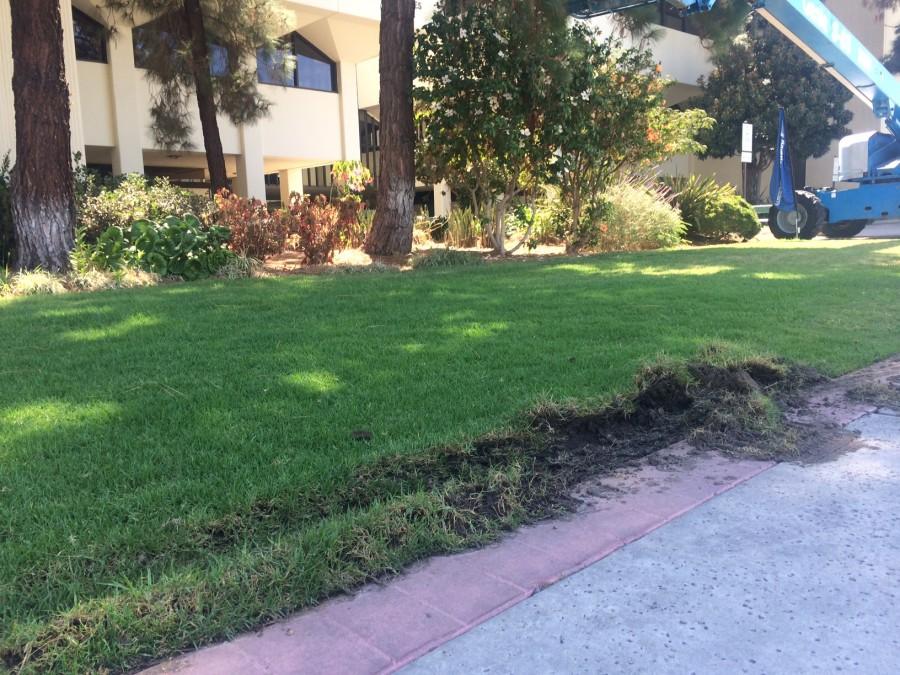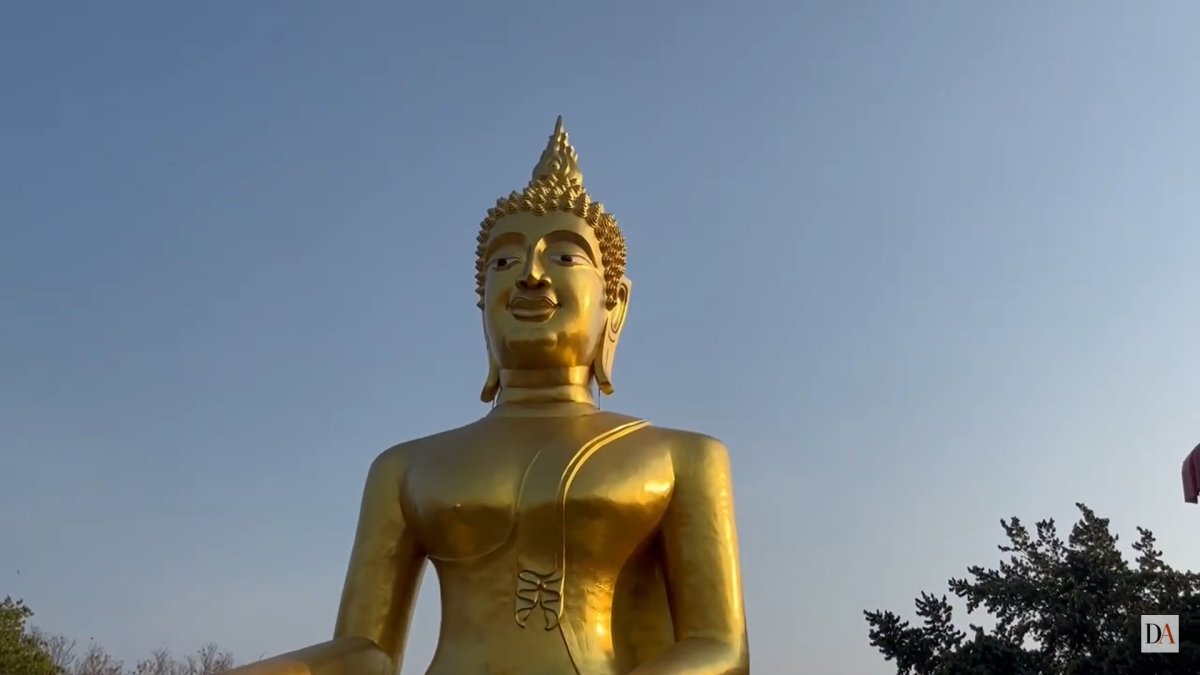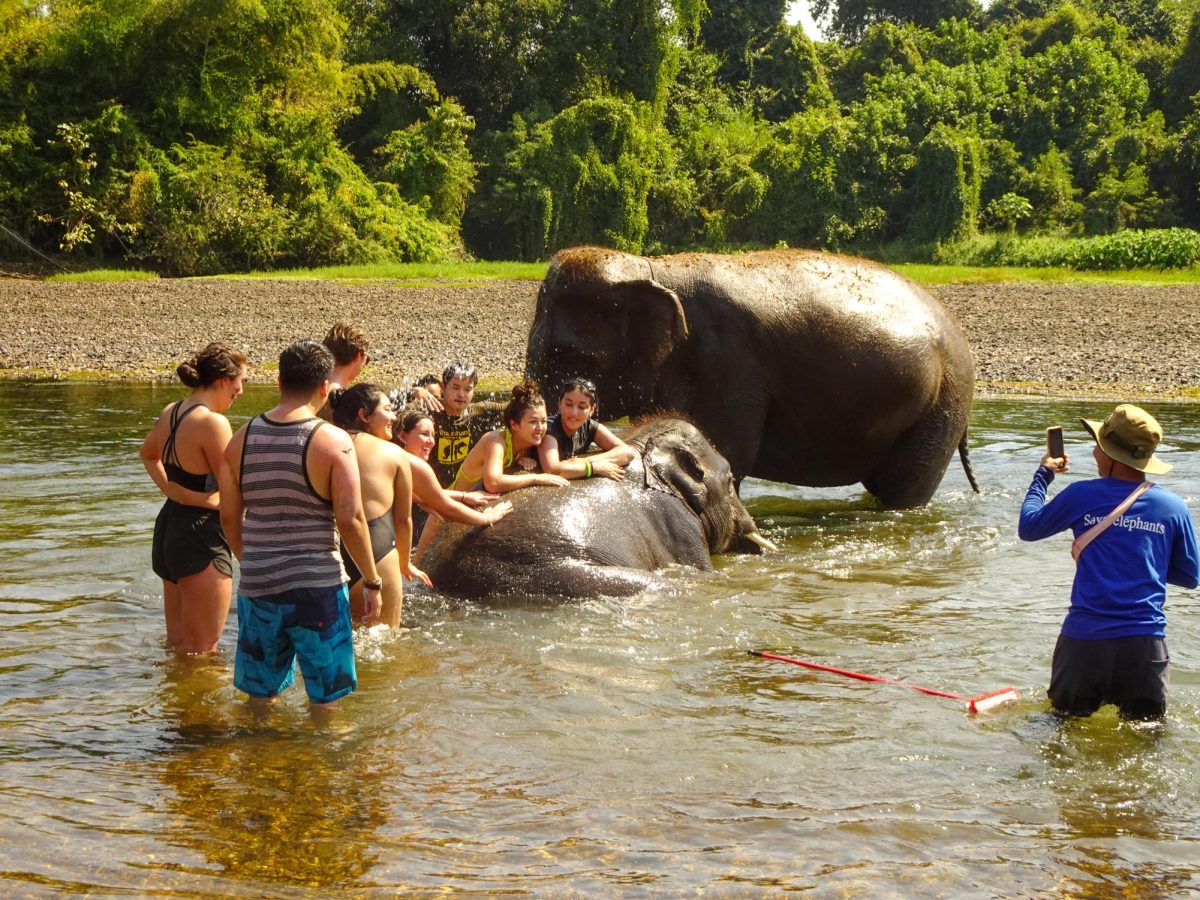Green is San Diego State’s unofficial color. From creating a sustainability major to developing the LEED Platinum-certified Conrad Prebys Student Union, the steps the campus has taken are certainly laudable in its effort to become a greener school.
The campus itself is also very green—literally. Lush vegetation decorates just about every corner of SDSU. The variety of plant life on campus is in tune with SDSU’s diverse community.
Before discussing possible alternatives for improving this topic, it’s important to acknowledge the efforts taken by SDSU when it comes to irrigation.
The campus installed irrigation water nozzles that can reduce water usage by one-third. In addition, there are also weather stations on campus controling the irrigation depending on the soil’s moisture.
In an email with Charles Barranco, one of the two irrigation specialists at SDSU, he mentioned irrigation on campus accounts for only 11 percent of the total water use on campus. He estimates SDSU has cut back water use by at least 45 percent over normal irrigation practices.
But these sophisticated measures taken by SDSU raise the question as to why SDSU even needs this much vegetation on campus to begin with.
It’s understandable some of it is used for recreational activities. The large field adjacent to the Viejas Arena provides an indispensable service to student athletes. Even the shade provided by trees near the Scripps Cottage is enough justification for maintaining these plants, especially for students who enjoy lying on the grass. But beyond that, the plants on campus don’t serve any other purpose than being pure decoration, and that decoration comes at a cost.
In 2005, SDSU consumed about 155 million gallons of water. From July 2011 to June 2012, water consumption was reported to be 137 million gallons, which is a considerable improvement. Using the 11 percent figure provided by Barranco and the 2012 data, approximately 15 million gallons of water were recently used for irrigation.
While 11 percent is certainly an accomplishment, California is still enduring one of the worst droughts in recent history. As of August 2014, rainfall has only been 3.34 inches in San Diego, which is below the average of 7.08 inches San Diego usually has by this time of year.
Any measures to reduce water consumption at SDSU should be taken regardless of the drought, but it’s most important now. As lovely as this man-made paradise is in the middle of San Diego, it isn’t vital to students’ success, nor is it suitable for the environment.
One of the first steps SDSU can take in reshaping its landscape would be to completely remove patches of grass around campus that aren’t used by a lot people. For example, the small patch between the physical science building and the astronomy building is in a rather obscure location and isn’t used as intensively as the patches on the Campanile walkway. The campus can manage without it.
In addition to this, the San Diego Chapter of the American Society of the Landscape Architects and the San Diego Chapter of the California Native Plant Society provide a guide of non-native, invasive plants that should generally be avoided in the San Diego area. Invasive plants can have adverse effects on the environment if they outcompete native plants. If SDSU hasn’t done so already, they can have someone examine all the plants on campus and note if there are any non-native, invasive plants on the list to be removed.
Finally, if it’s absolutely necessary to maintain the aesthetic appeal of the campus, SDSU can xeriscape on a larger scale to replace the current plants with drought-resistant plants. Several areas of the campus have already been xeriscaped, such as the hill adjacent to Storm Hall. By xeriscaping, the landscape would require less irrigation, which would not only save costs on water, but save water as well. The plants would also more accurately reflect San Diego’s climate, only adding to the campus’ aesthetic appeal.
Certainly the campus doesn’t need to yank out every single plant and tree on campus for the sole purpose of conserving water—although it technically could. More reasonably, SDSU can make smarter choices as to what vegetation we should keep on campus. Removing unnecessary vegetation on campus can only help achieve sustainable goals.
A little less green could make SDSU a lot greener.







